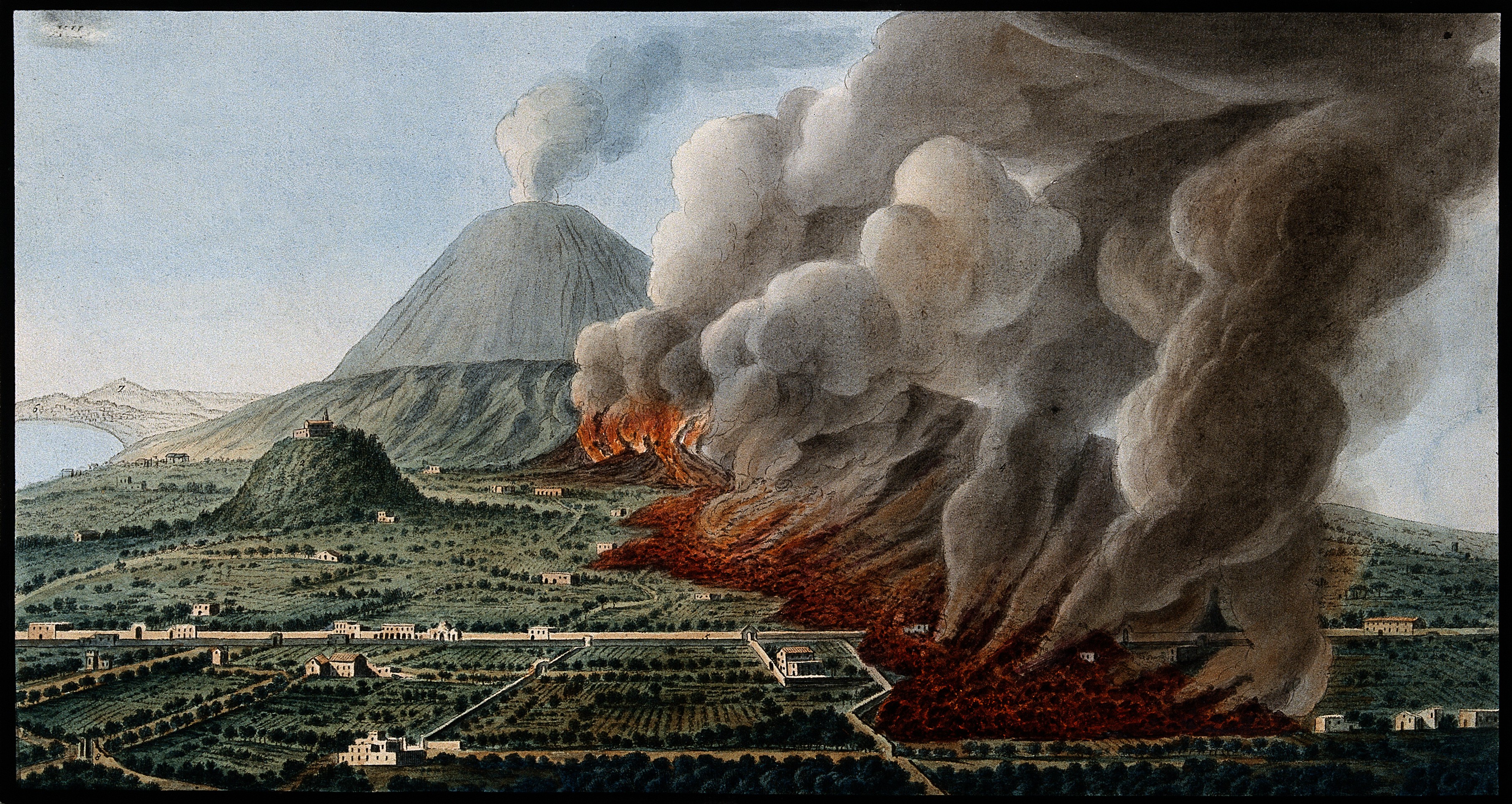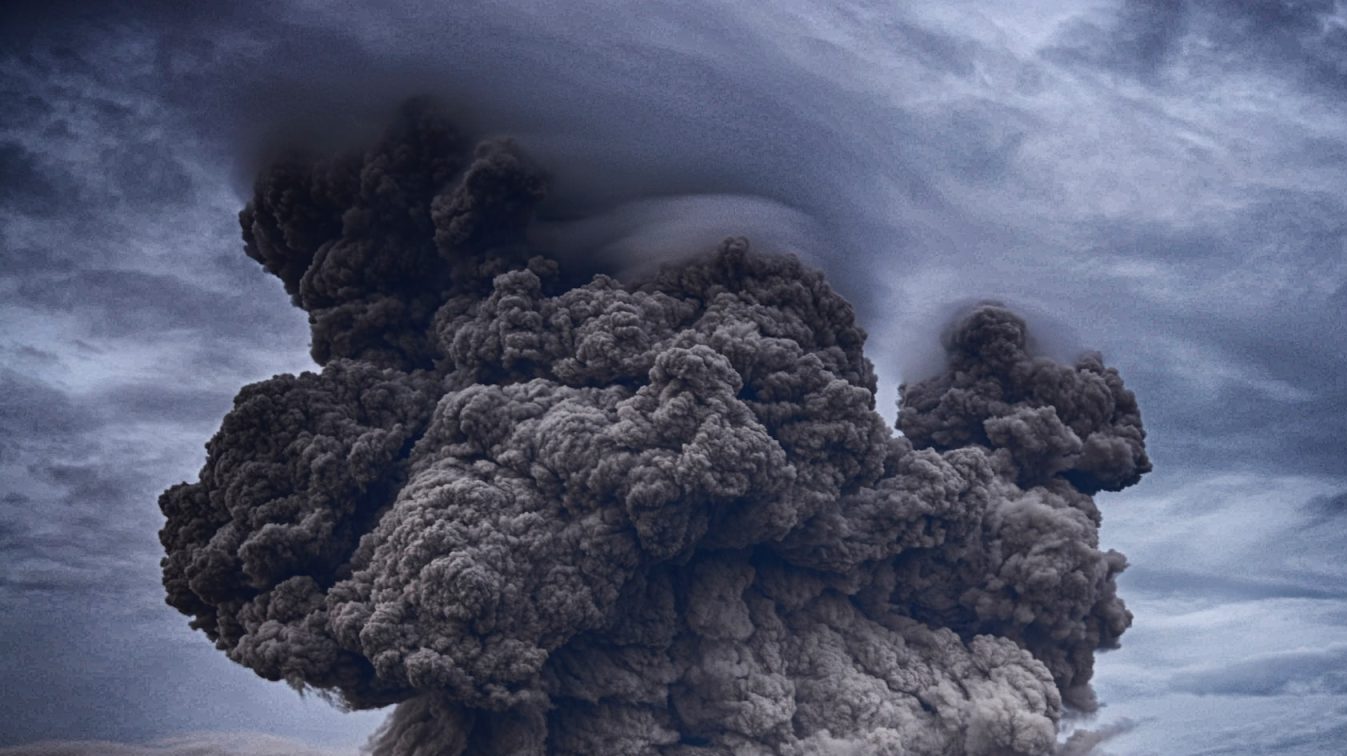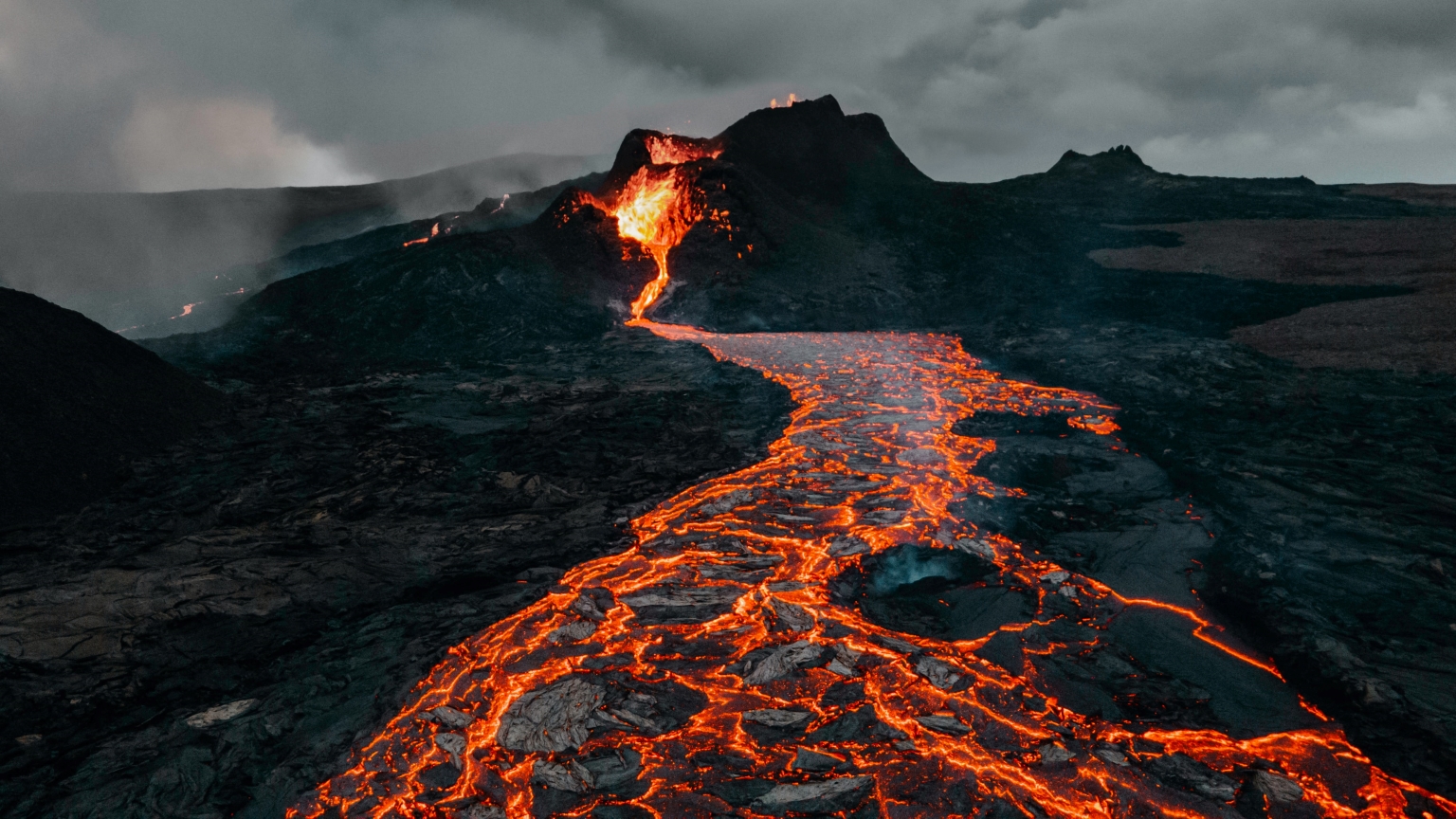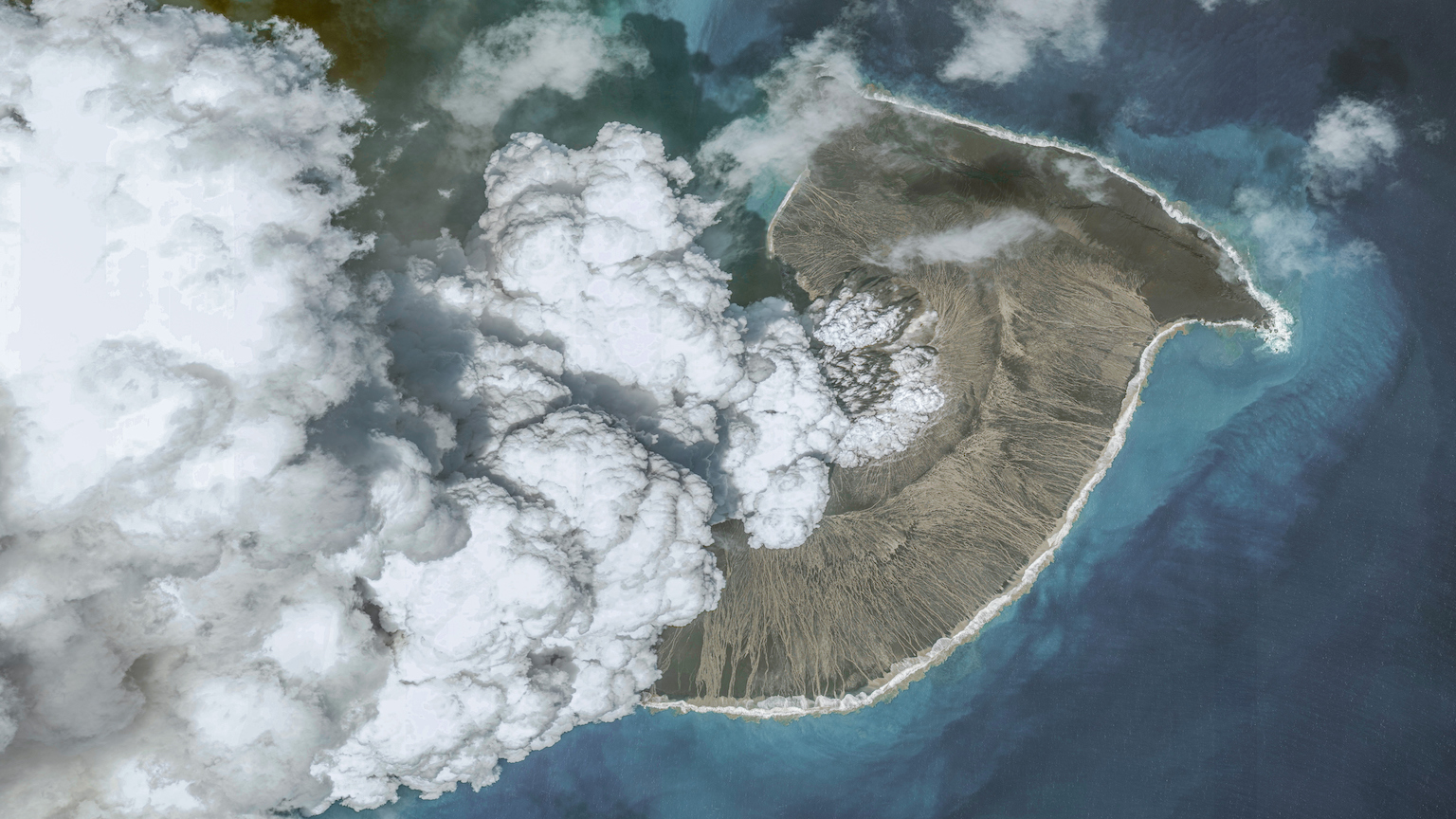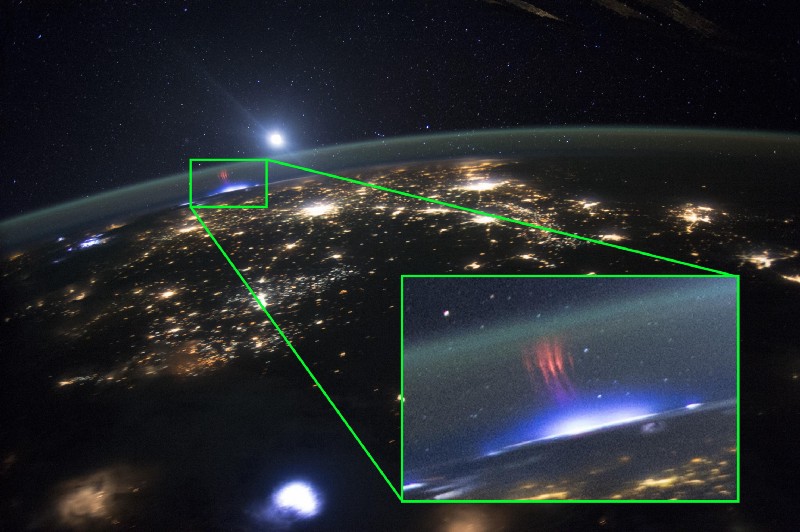Kliuchevskoi and Shiveluch erupt in a busy week for volcanoes
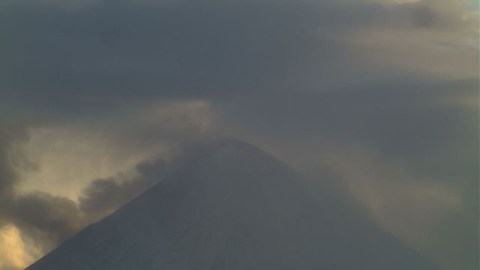
So, maybe I spoke too soon when I mentioned in passing how quiet the fall has been in the world of volcanic eruptions. In less than a week since I said this, we’ve had one of the more dramatic and tragic eruptions in the last decade in Indonesia (more on Merapi’s eruption later today) and, lost in the Merapi news, were two eruptions on Kamchatka Peninsula of Russia.
The first eruption occurred on Sunday, when Kliuchevskoi produced an ash plume that reached over 9 km / ~30,000 feet with the plume drifting over 300 km to the north – and sometimes could be traced over 1,200 km over the Pacific Ocean. This was one of several explosive events at the volcano this week that have produced plumes over 8 km / 25,000 feet, all of which came after a change in the volcanic tremor and a sharp increase in earthquakes to over 100/day. The strombolian activity at the summit (images) that had been occurring and producing modest plumes of 6-7 km / 21-23,000 feet became much more explosive.
Meanwhile, yesterday Shiveluch produced its own explosive eruption as well. This eruption produced a 10 km / 32,000 foot ash plume (see satellite image below) and the ash from the plume noticeably fell on towns upwards of 90 km from the volcano. The eruption at Shiveluch has since ended – but these sorts of outbursts are common at Shiveluch, happening usually at least once if not more times per year. You can see some video of the eruption at the BBC and a satellite loop of the ash plume drifting over the Pacific. KVERT has a great image of the glowing dome in the Shiveluch crater, the likely source of this explosive eruption.

Radar image of the plume from Shiveluch over the Kamchatka Peninsula on October 27, 2010.
Both volcanoes are on Red Alert status for aviation over the Kamchatka Peninsula – you can always see the status of all the busy eastern Russian volcanoes on the KVERT status page.
UPDATE:
{Special thanks to M. Randolph Kruger for keeping me informed of these eruptions and providing images for this post.}
Top left: The summit area of Kliuchevskoi in Kamchatka taken October 28, 2010 after several large explosive eruptions this week. Image courtesy of KVERT. Click on the image to see a larger version.
